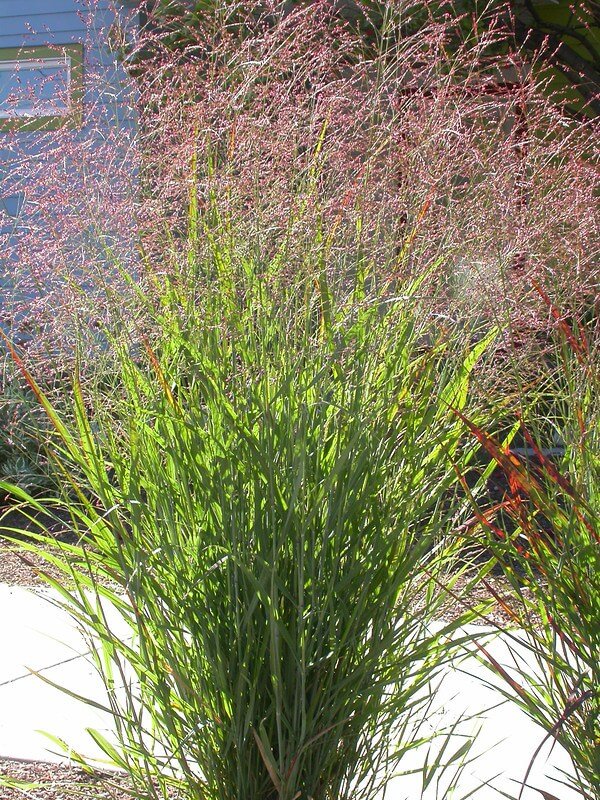Eastern Redbud (Cercis canadensis)
What a treat to have this plant in the landscape during spring! Those bright pink flowers attract many different kinds of native bees, including the specialist bee Habropoda laboriosa (Holm, 2017), and it is so nice to have some color at that time of year. It is also the host plant to 22 species of butterflies and moths in our area (nwf.org). One of those butterflies happens to be the threatened Henry’s Elfin (mnfi.anr.msu.edu). The seeds are eaten to a limited extent by quite a few birds (Audubon.org).
Photo credit: Judy Gallagher
What a treat to have this plant in the landscape during spring! Those bright pink flowers attract many different kinds of native bees, including the specialist bee Habropoda laboriosa (Holm, 2017), and it is so nice to have some color at that time of year. It is also the host plant to 22 species of butterflies and moths in our area (nwf.org). One of those butterflies happens to be the threatened Henry’s Elfin (mnfi.anr.msu.edu). The seeds are eaten to a limited extent by quite a few birds (Audubon.org).
Photo credit: Judy Gallagher
What a treat to have this plant in the landscape during spring! Those bright pink flowers attract many different kinds of native bees, including the specialist bee Habropoda laboriosa (Holm, 2017), and it is so nice to have some color at that time of year. It is also the host plant to 22 species of butterflies and moths in our area (nwf.org). One of those butterflies happens to be the threatened Henry’s Elfin (mnfi.anr.msu.edu). The seeds are eaten to a limited extent by quite a few birds (Audubon.org).
Photo credit: Judy Gallagher
Life Cycle: Perennial
Sun Exposure: Full, Partial (prefers partial)
Soil Moisture: Medium, Medium-Dry
Height: 20-30 feet
Plant Spacing: 25-35 feet
Bloom Time: April
Bloom Color: Pink
Advantages: Bird Favorite, Caterpillar Favorite, Pollinator Favorite
Host Plant: 22 species of butterflies and moths in our area (nwf.org). Possibly the Spicebush Swallowtail, but the information was mixed on that one.
Specialist Bee: Southeastern Blueberry Bee (Habropoda laboriosa) (Holm, 2017)
Beneficial for Endangered or Threatened Species: Henry's elfin (Incisalia Henrici) (mnfi.anr.msu.edu)






